Rotor Issues – What to Look for and How to Fix Them
If you ever notice a squeal when you brake, a pulsating pedal, or a shudder in the steering, the culprit is often the brake rotor. Rotors are the metal discs that your brake pads clamp onto to slow the car. When they get warped, cracked, or worn thin, you lose stopping power and the ride gets noisy. The good news? Most rotor problems can be spotted early and dealt with before they become expensive.
Common Signs Your Rotors Need Attention
First up, listen for a high‑pitched squeal that only happens when you apply the brakes. That sound usually means the pads are wearing down and the metal is rubbing the rotor. Next, feel for a pulsating or vibrating brake pedal – it’s a classic symptom of a warped rotor. If the steering wheel shudders during braking, that’s another red flag. Finally, check the wheel for obvious damage: deep grooves, cracks, or a blue‑black rim indicate overheating.
Why Rotors Go Bad and How to Prevent It
Rotors can warp from repeated heavy braking, especially on steep hills or after hard stops. Heat builds up, the metal expands, and if it cools too quickly it can bend. Dirt, rust, and debris can also cause uneven wear. The easiest way to keep rotors healthy is to change brake pads before they wear down completely – worn pads let metal hit metal, heating the rotor fast. Regularly flushing the brake fluid helps remove moisture that can corrode rotors. And if you drive a lot in stop‑and‑go traffic, consider a light‑touch driving style; easing off the gas early reduces brake stress.
When you suspect a rotor issue, do a quick DIY check. Lift the wheel, spin it by hand and watch for wobble. Use a dial indicator or a simple ruler to measure run‑out – more than 0.003 inches usually means you need a new rotor. If you’re comfortable, you can resurface a rotor at a shop, which removes a thin layer of metal to make it flat again. Resurfacing is cheap, but it only works if there’s still enough thickness left. Most shops recommend replacement when the rotor is below the minimum thickness stamped on the edge.
Cost‑wise, a set of rotors ranges from £80 to £200 depending on make and model, plus labor. If you’re on a budget, ask about a ‘brake job’ that includes pads, rotors, and a brake fluid flush – it often saves money compared to piecemeal fixes. Always get a written quote so you know exactly what you’re paying for.
Bottom line: ignore rotor warnings at your own risk. Bad rotors can lead to longer stopping distances, uneven tire wear, and expensive brake repairs. Spot the symptoms early, keep pads fresh, and don’t skip the brake fluid change. If you’re unsure, bring the car to Northwich Tyres Centre – our experts can inspect, resurface, or replace rotors quickly and affordably. Safe brakes mean a safer drive, so give your rotors the attention they deserve.
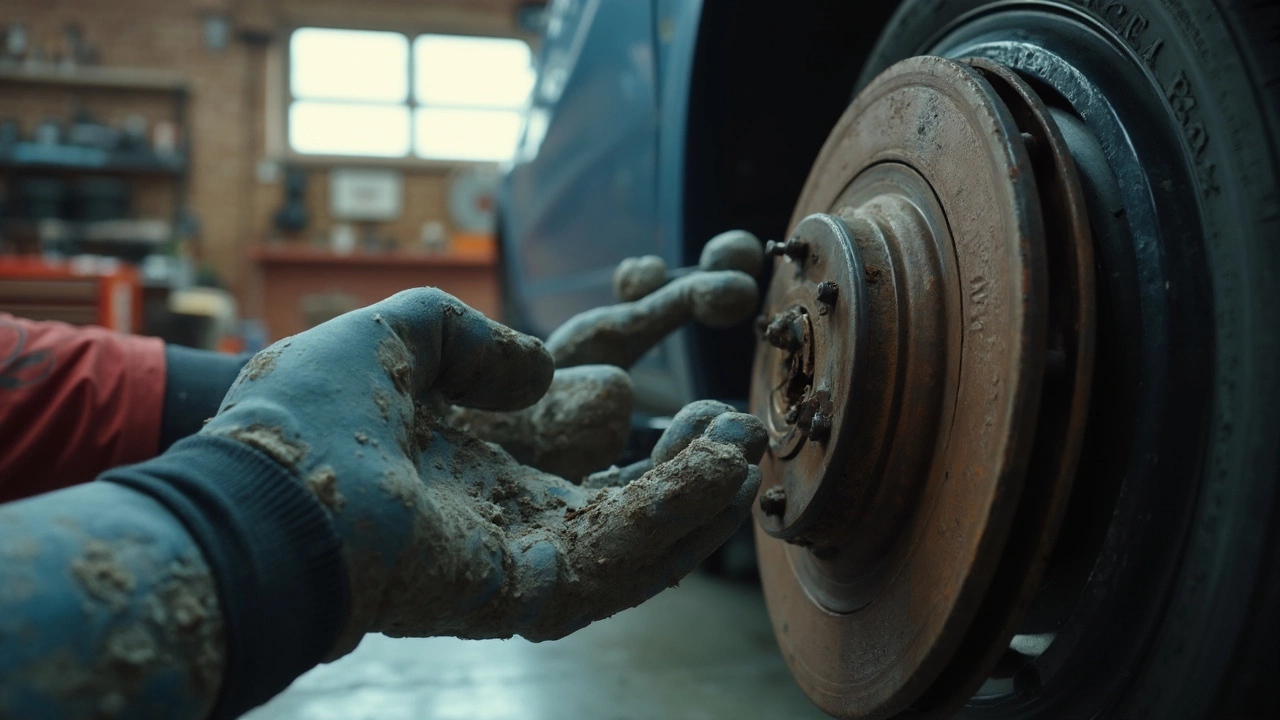 17 April 2025
17 April 2025
How Do I Know if My Rotors Are Bad? Signs You Can't Ignore
Ever wonder if your rotors are the reason your car’s braking feels off? This article breaks down what happens when rotors go bad and what signs you should watch for. Learn how to spot the difference between a minor brake problem and a rotor that needs attention. Get tips on what you can check yourself before heading to a mechanic. You'll come away knowing exactly how to tell if your rotors are the problem.

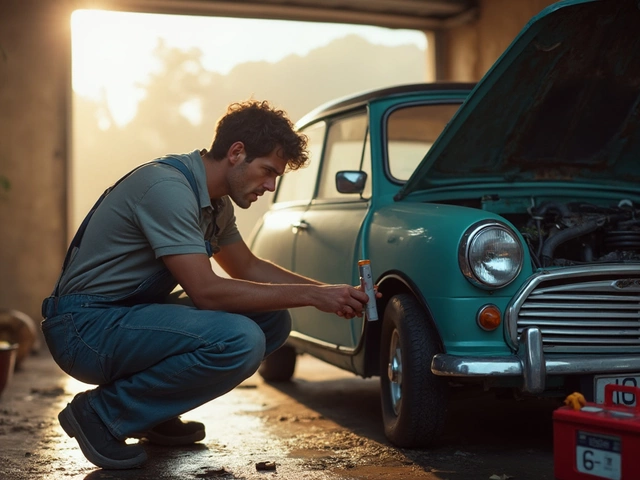

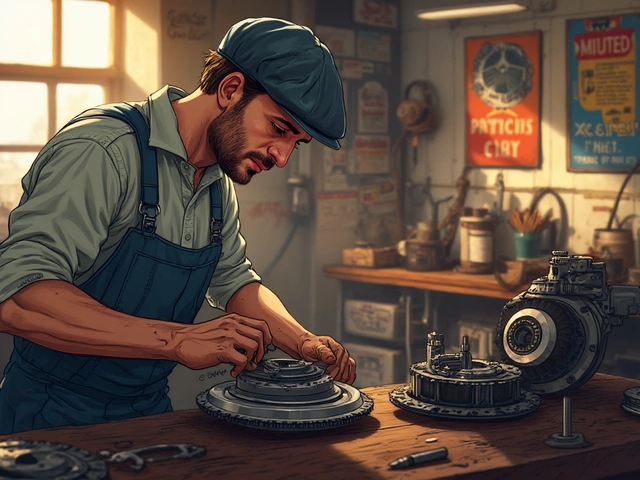
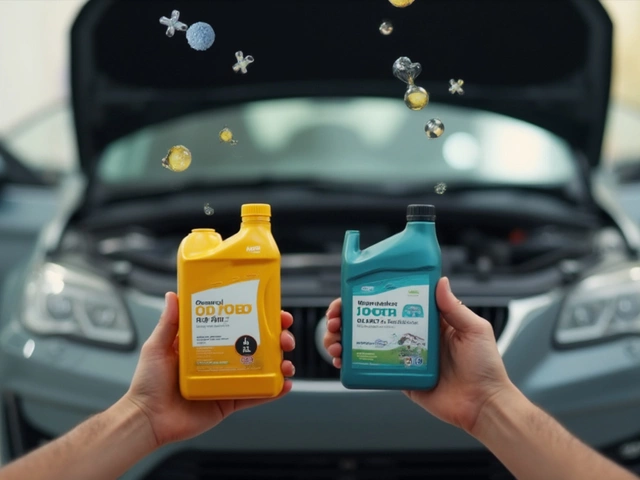
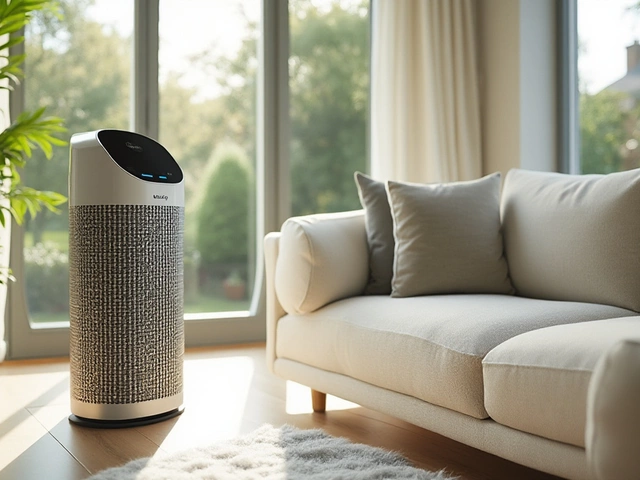
0